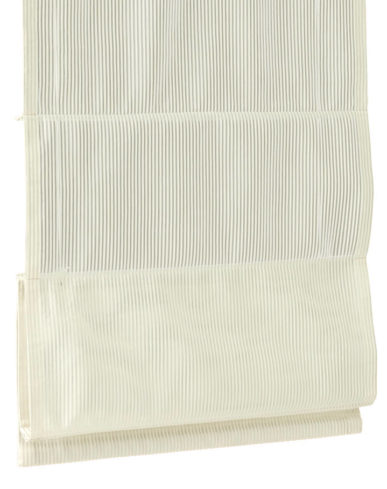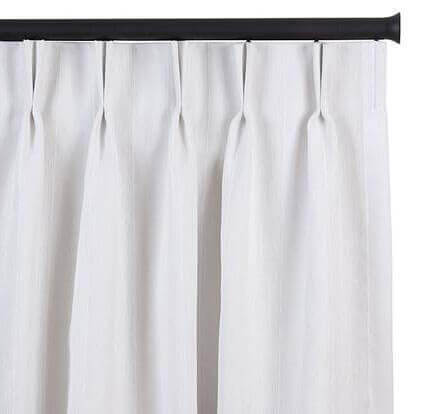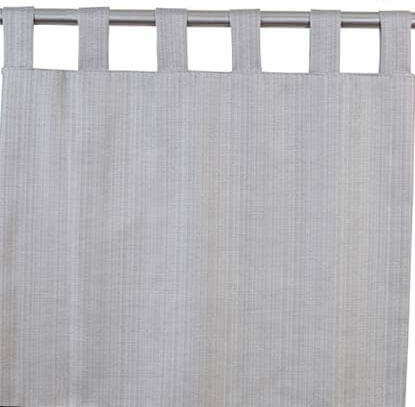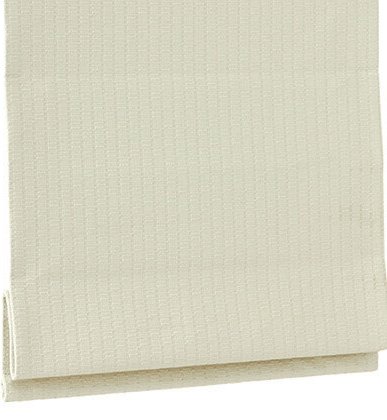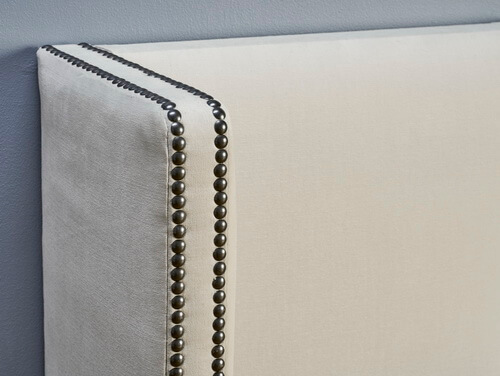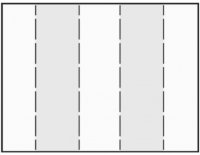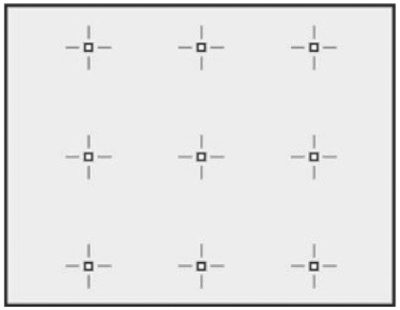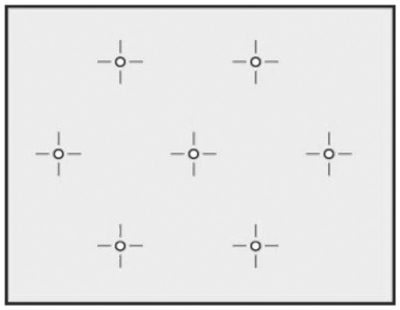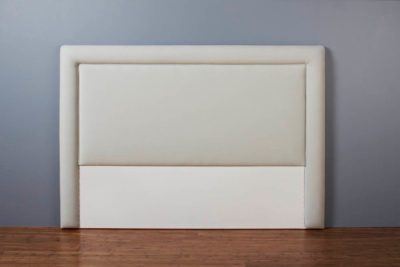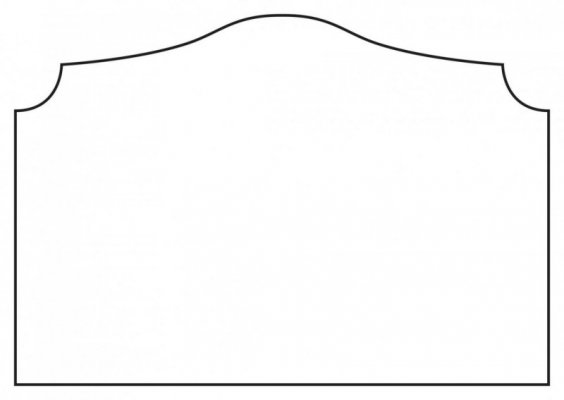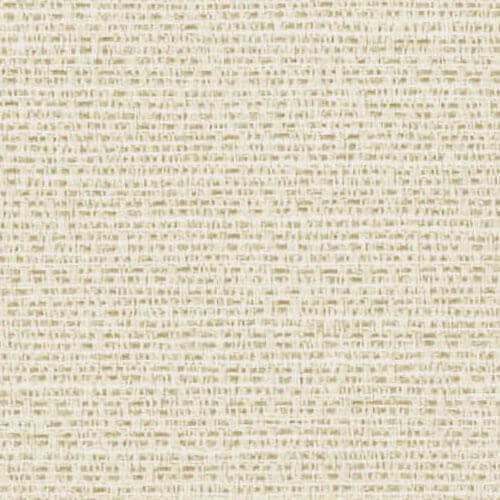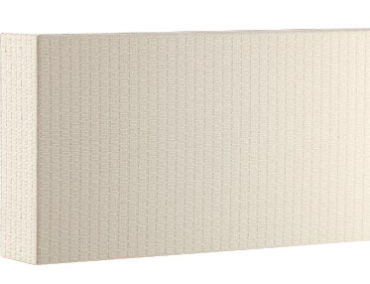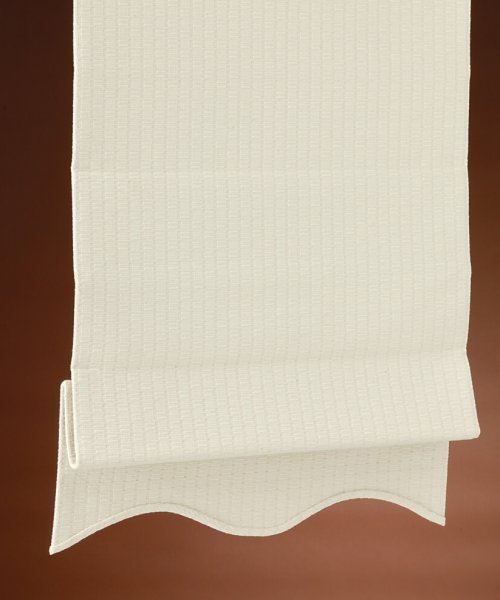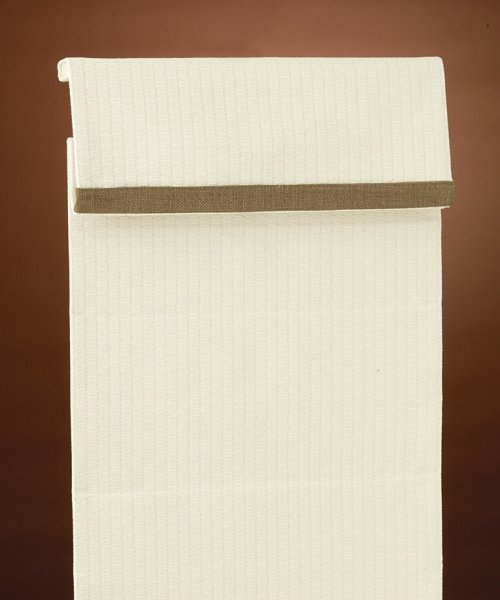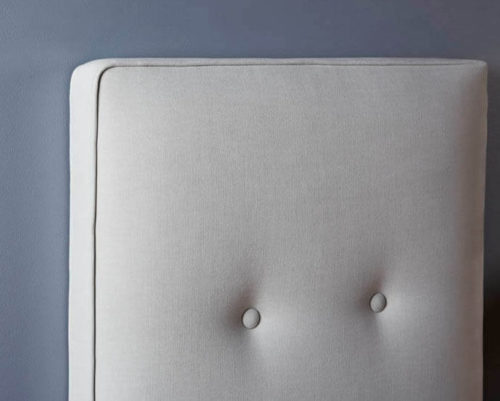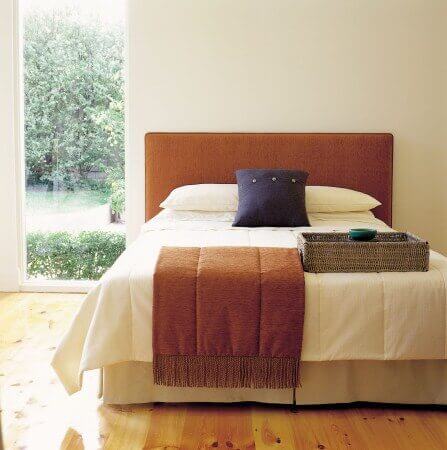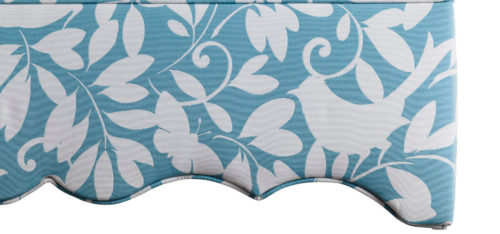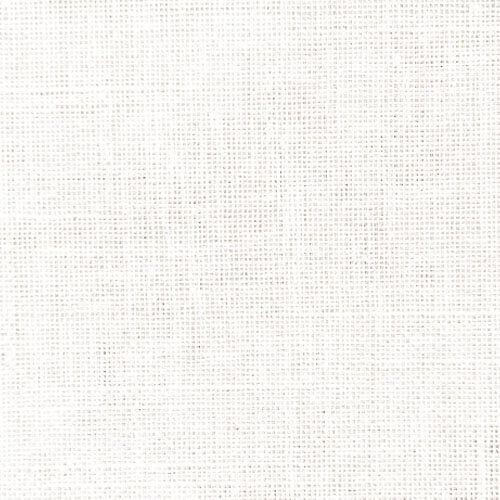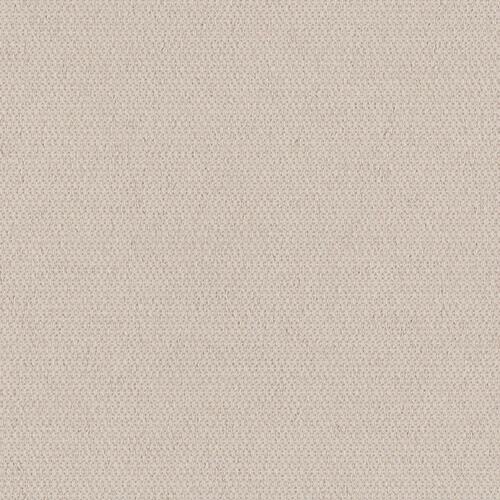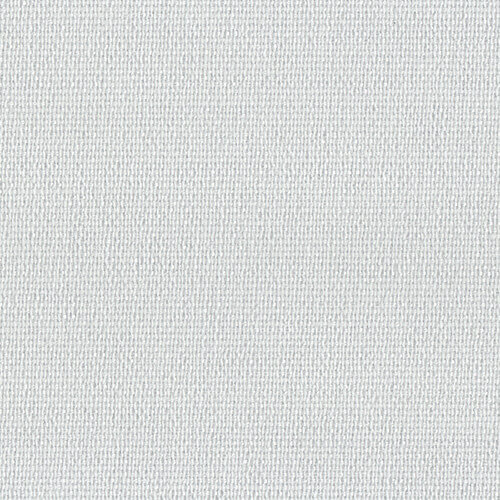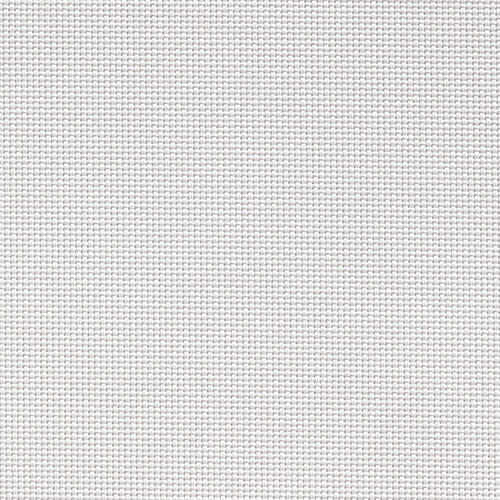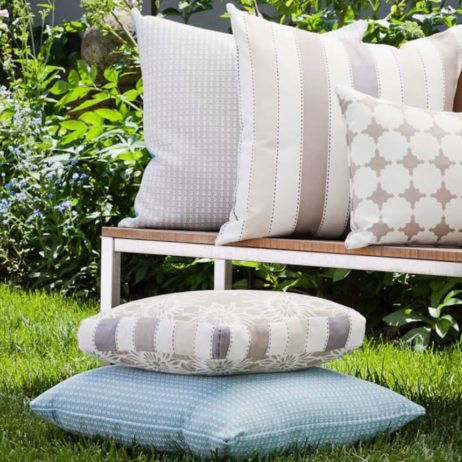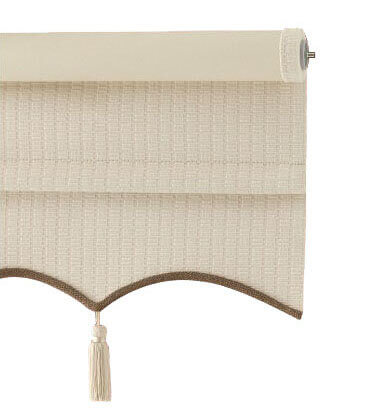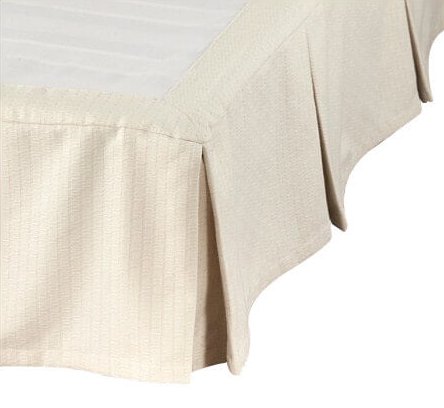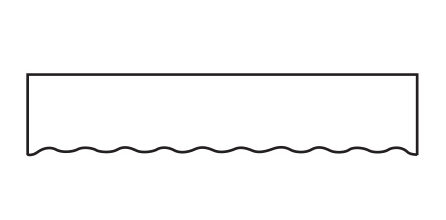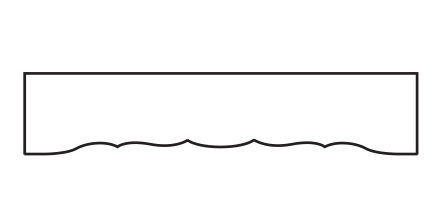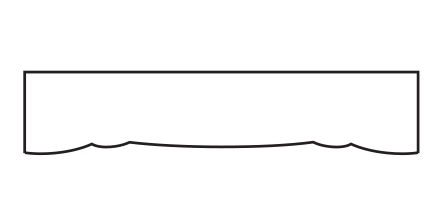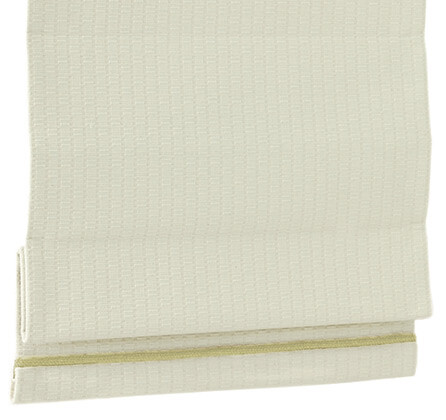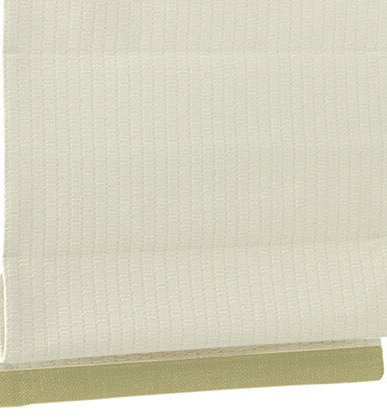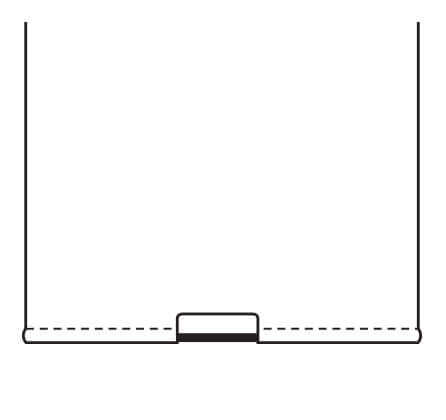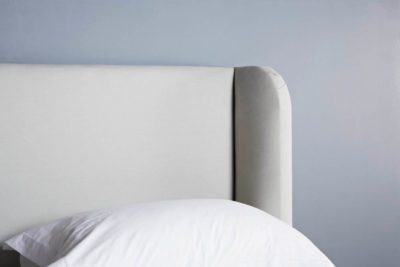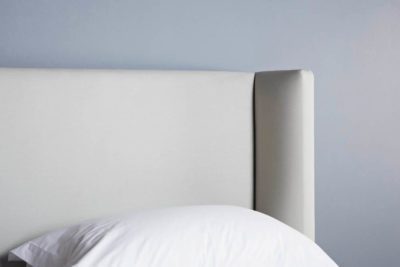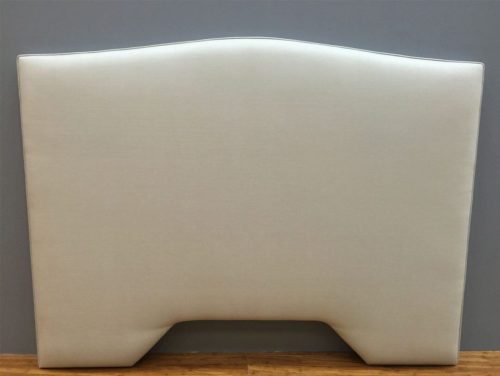We are dedicated to environmental sustainability
For the team at BQ Design, the preservation of our environment is a high priority. We support environmentally sound business practices and seek to continuously improve our company’s environmental practices. To meet these objectives we subscribe to the following guidelines:
- We manage our business practices to prevent pollution.
- We reduce consumption of natural resources and improve the efficient use of these resources.
- We measure and take action to reduce the carbon footprint of all our business activities.
- We manage waste generated from our business practices under the principles of reduction, re-use and recycling.
- We comply with all relevant environmental legislation.
At BQ Design we make every effort to ensure that the environmental impact of our business is minimised.
WHAT CAN YOU DO TO SAVE ENERGY AND MONEY?
WINTER
To reduce winter heat loss, it is necessary to trap a layer of insulation still air between the window and the room. Savings of up to 40% can be achieved with heavy, lined curtains with pelmets. A blockout lined roman blind can also achieve the same purpose.
EFFECTIVENESS OF REDUCING HEAT LOSS DURING WINTER

Source: Sustainability Victoria – window protection, for more information visit Sustainability Victoria
SUMMER
Curtains will absorb some of the heat entering a room and block light, depending on how heavy they are. They can also be used to keep a space cool in summer. However, they need to be sealed at the top and bottom to be fully effective. Air between a curtain and a window will warm up. The warm air rises, escaping out of the top of the curtain. This sucks cool air in from the rest of the room, creating a draught. The cool air is then warmed and rises, keeping the convective process going. This means that the heat from the window is still getting into your room.
Pelmets act as a seal over the top of the curtain to prevent the hot air escaping. This means that you avoid convective circulation. Pelmets can be made of any material as long as it creates an air barrier. They simply need to be fixed to the wall and reach to, or past, the curtain.
Consider floor length curtains as they will stop air entering at the base. Also weighting the hems will help them stay in contact with the floor and held in place.
THE SUN’S MOVEMENT AND NORTH-FACING WINDOWS
The sun doesn’t just move from east to west- it appears to move in a circle through the sky. Depending on your latitude and the season, you see different amounts of that circle. In winter, our side of the earth is pointing away from the sun, so we see less of the circle. Our days are shorter, the sun seems further to the north, and the sunlight comes in on a lower angle. In summer, our side of the earth is pointing towards the sun, so we see more of the circle. Our days are longer, the sun seems less far north, and sunlight comes down from over our heads instead of in front of our faces.
In Australia, the sun will be directly to the north at local midday on every day of the year, as long as you are south of the Tropic of Capricorn. This means that north is the best direction for windows to face in order to maximise heat gain in winter and minimise heat gain in summer. A north-facing window will face the low midday sun in winter, so that heat and light can come in to warm your rooms. In summer, the sun can still shine in the window, but on a much steeper angle so that less heat is coming directly inside. That steeper angle also makes a north-facing window much easier to shade in summer.
This is why rooms with north facing windows are warm and sunny in winter, while rooms with west facing windows get too hot in summer.
PELMETS AND CURTAINS
Use internal shading devices such as close-fitting blinds to reduce summer heat. For example, lined curtains will absorb heat entering a room and block out light, depending on how heavy they are. They are therefore an effective way to keep a space cool during the balmy summer months.
Remember any gaps need to be sealed at the top to be fully effective for both summer and winter. By adding a pelmet you can create a suitable seal. Another alternative to consider is roman blinds. Heavier fabric that is lined will be more likely to act as a seal preventing warm air from escaping.
SOURCES
You can tell where the sun will be in the sky precisely at any time of day or year for your location using Geoscience Australia’s website.
Read more relevant information:





